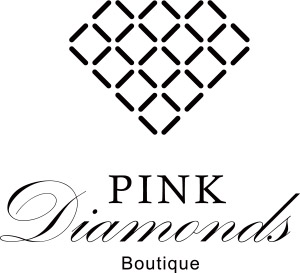cut
Cut quality is what gives a diamond all of its brilliance. The way a diamond shines is mainly linked to the way it is cut: that makes it one of the most important characteristics when evaluating the quality of a diamond.
GIA established a Cut Grading System for standard round brilliant diamonds based on seven components. The first three are brightness (how light is reflected from the diamond), fire (the dispersion of light into the colors of the spectrum), and scintillation (the pattern of light and dark areas and the flashes of light, or sparkle, when a diamond is moved) These component are based on the global appearance of the diamond. The remaining four are weight ratio, durability, polish, and symmetry and are related to design and craftsmanship.
When using GIA’s system, each component is evaluated individually, taking into account the relative importance of that component in the overall cut quality of the diamond. Each cut grade, based on a scale ranking from Excellent to Poor, represents a range of proportion sets and face-up appearances. There are many different proportion sets that produce qualitative and beautiful diamonds.
CUT VS. SHAPE
People often use the words cut and shape interchangeably. They think of cut as the shape or outline of the diamond, rather than the arrangement of facets needed to create an attractive face-up appearance.
Round is the shape most used in diamond jewelry. Nevertheless in the colored diamond industry, the use fancy shapes, like pear, heart, princess or marquise is more common.




